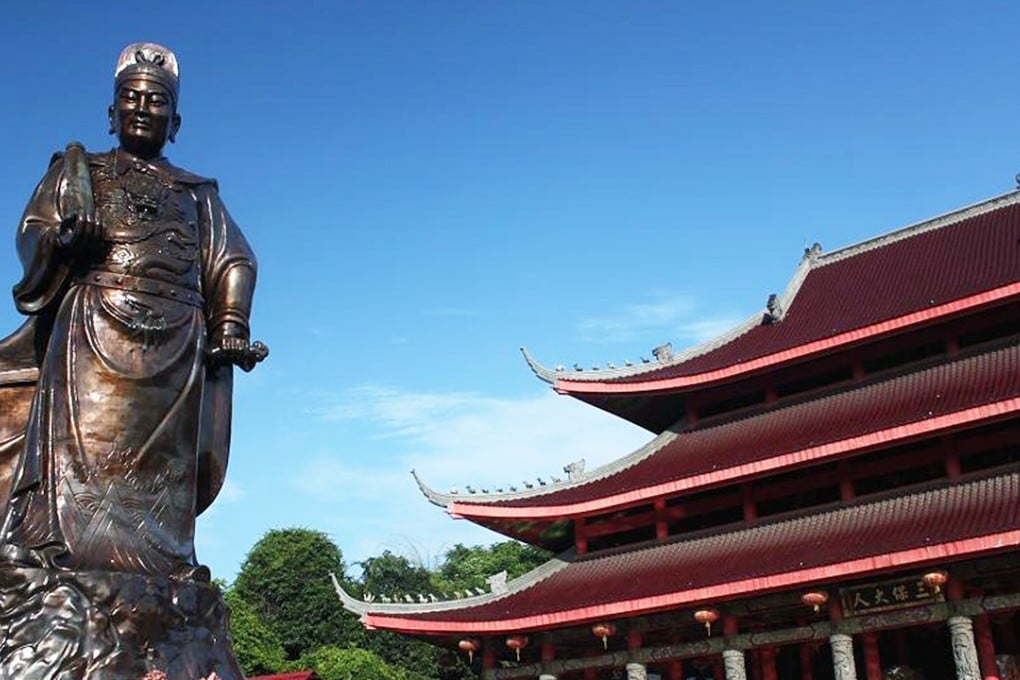Beijing follows the route well travelled by Admiral Zheng He in its belt and road initiative
The admiral impressed foreign powers through his openness and diplomacy, not military power

On November 16 in the year 1416, Zhu Di, the third emperor of the Ming dynasty (1368-1644), received 30 foreign envoys at court. Presented to the emperor were numerous exotic tributes from lands as far away as east Africa. Included among them was a qilin, a mythical animal which, according to legend, would only show up in times of great peace and prosperity in a land well governed by a heavenly sage. It pleased the emperor tremendously.
In fact, the so called qilin was a giraffe. It was brought back by Zheng He, the greatest Chinese admiral-voyager of all times. He had just returned from his fourth naval expedition to the “western oceans”.
Zheng He was among the most trusted of Emperor Zhu Di’s close aides. Under the emperor’s order, he led repeated naval expeditions to present Ming power and glamour to ports and nations along the maritime silk route, presumably to push the empire’s geopolitical influence.
Zheng was the most unlikely admiral. First, he was a eunuch. The Ming court’s rules precluded eunuchs from taking part in state affairs. Second, as a eunuch, Zheng did not rise through the Confucian scholar ranks and was not regarded as part of the ruling elites.
Third, Zheng was a Muslim, a minority religion whose followers had been subject to persecution in the early years of the dynasty. Lastly, Zheng was not Han Chinese: his ancestral lineage could be traced back to Persian and Arabic origins.
Yet, Zheng had proven his superb capabilities beyond doubt through the years when he accompanied Zhu Di on numerous military campaigns, including the attack on the capital Nanjing where Zhu seized the throne from his young nephew in a bloody coup.
